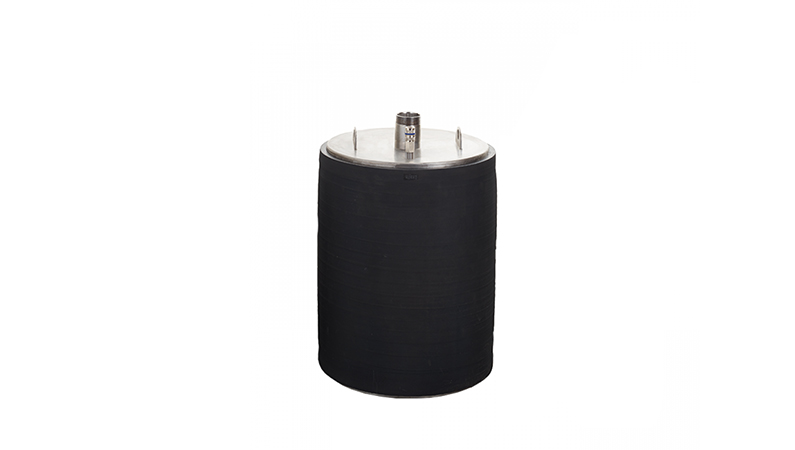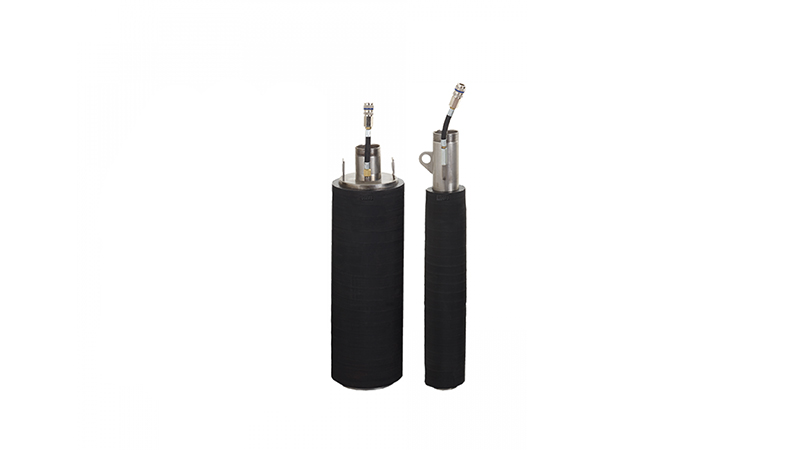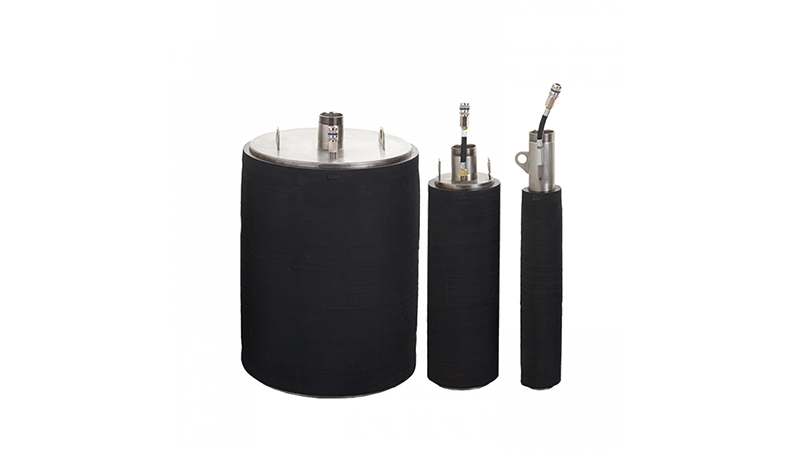Cured-in-place-pipe (CIPP) is a popular and effective method of rehabilitating broken or damaged pipelines. It involves installing a liner inside the damaged pipeline and curing it in place to create a new, structurally sound pipe. One of the most critical parts of the CIPP process is the use of steam to cure the liner. The use of steam process plug has revolutionized the CIPP industry, making the process faster, more efficient, and effective.
What is PlugCo Steam Process Plug
PlugCo Steam Process Plug is designed to provide a temporary seal at the downstream end of the pipe being repaired during the curing process. The Steam Process Plug is inserted into the pipe and expands to create a tight seal. Once in place, steam is introduced into the pipe to cure the liner and create a new pipe within the old one.
PlugCo Steam Process Plug is made of SBR+NR mixed rubber, nylon cord, Kevlar cord and strong fabrics mounted on a Stainless Steel Body. The bladder is inflated to create a seal and is designed to withstand the high temperatures and pressures required during the curing process. The metal frame provides structural support and ensures that the plug maintains its shape and position within the pipe. The Bypass connection allows for the introduction of steam into the pipe and enables the curing process to take place.

The importance of a Steam Process Plug in CIPP application
The Steam Process Plug plays a vital role in the CIPP application. It serves as a temporary barrier that prevents steam and resin from escaping from the liner during the curing process. The primary purpose of the Steam Process Plug is to maintain pressure inside the pipe, which is essential for ensuring optimal curing conditions. Without the Steam Process Plug, the steam and resin can escape from the liner, resulting in a failed installation.
In addition to ensuring proper curing, the SPP also allows for a shorter curing time, which can help increase productivity and reduce downtime on the job site.
Overall, the Steam Process Plug is a crucial component of the CIPP application process. It enhances the quality and durability of the final product, while also helping to streamline the installation process. By using a high-quality Steam Process Plug, technicians can ensure that their CIPP installations are of the highest quality, and that they meet the needs of their clients.
Why using PlugCo Steam Process Plug
Using PlugCo Steam Process Plug in CIPP application can bring about many benefits. Firstly, it reduces the setup time needed. The Steam Process Plug is easy to install and remove, making it a time-efficient solution for CIPP applications.
Secondly, it increases safety measures by offering a more secure and sturdy solution. Unlike traditional inflatable plugs, the Steam Process Plug is designed to withstand high pressure and extreme temperatures. This ensures that the pipe is completely sealed off during the curing process, eliminating any risk of leaks or failures.
Thirdly, The SPP ensures the liner remains inflated during the curing process, preventing any wrinkles or folds from forming, which can compromise the structural integrity of the pipe.
Lastly, it is a cost-effective solution. The Steam Process Plug can be reused multiple times, making it an eco-friendly and budget-friendly option for CIPP applications.

How to install a Steam Process Plug in CIPP application
Installing a Steam Process Plug is an important step in the CIPP (Cured-In-Place Pipe) application process. Here are the steps to properly install a Steam Process Plug:
1. Clean the pipe: Before installing the Steam Process Plug, make sure the pipe is clean and free of debris. This will ensure that the plug is sealing the pipe 100% and does not slide during the steam curing process.
2. Insert the plug: Insert the suitable model of Steam Process Plug into the pipe as per the inner diameter of the pipeline. Make sure the plug is properly installed and centered in the pipe.
3. Inflate the plug: Inflate the Steam Process Plug using compressed air up to the Maximum Inflation Pressure labeled on the plug and instructed by PlugCo. This will create a tight seal and prevent any steam from escaping during the curing process.
4. Connect the steam hose: Connect the steam hose to the bypass fitting on the Steam Process Plug. Make sure the hose is securely fastened and that there are no leaks.
5. Start the steam curing process: Once the Steam Process Plug is properly installed and connected to the steam hose, start the steam curing process. The amount of time required for curing will depend on the size of the pipe and the temperature of the steam.
PlugCo Steam Process Plug: Trenchless Solution
PlugCo Steam Process Plug plays a critical role in the CIPP application process, enabling the creation of a new pipe within an old one. One of the key benefits of using a Steam Process Plug is that it is a Trenchless solution as it eliminates the need for excavation or other disruptive methods of repairing damaged pipes. It provides a temporary seal, withstands high temperatures and pressures, and is reusable, making it a cost-effective and efficient solution for repairing damaged pipes.
PlugCo provides a large range of Steam Process Plug Models for different pipe sizes and the R&D team is always ready to work on new models as per the custom requirements of the client
